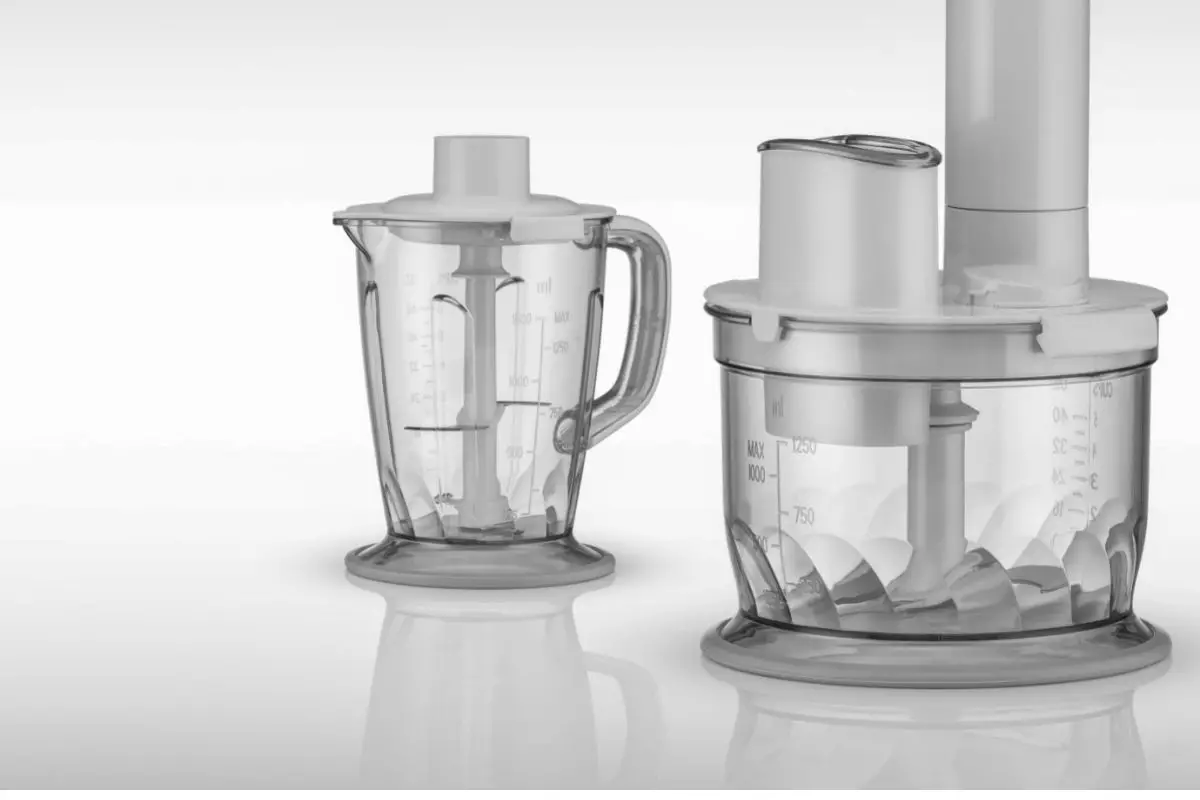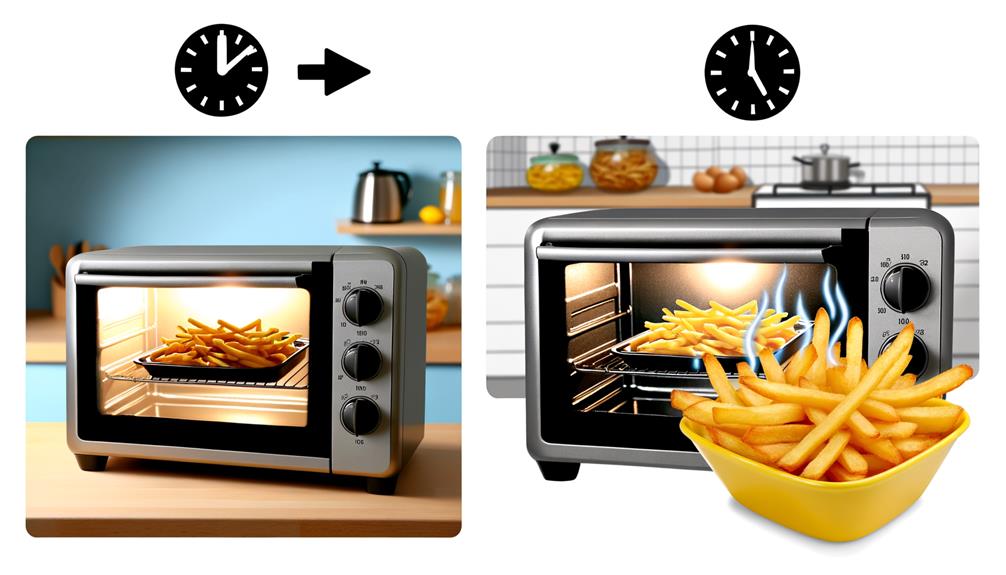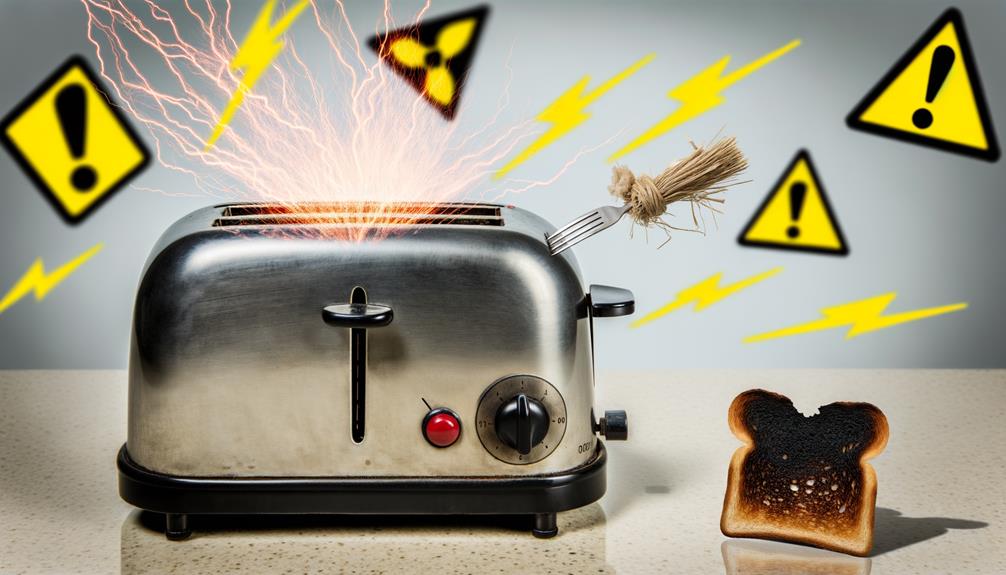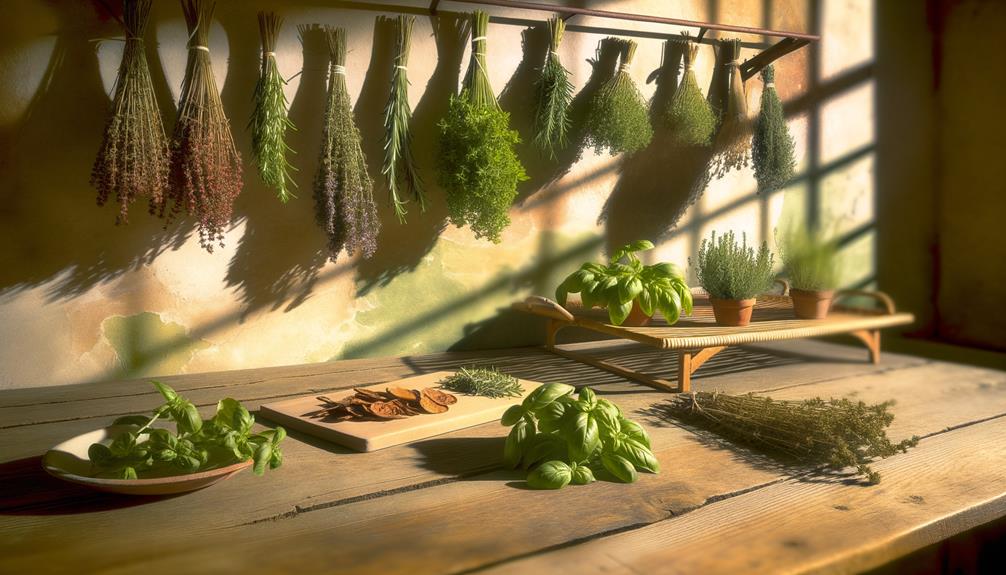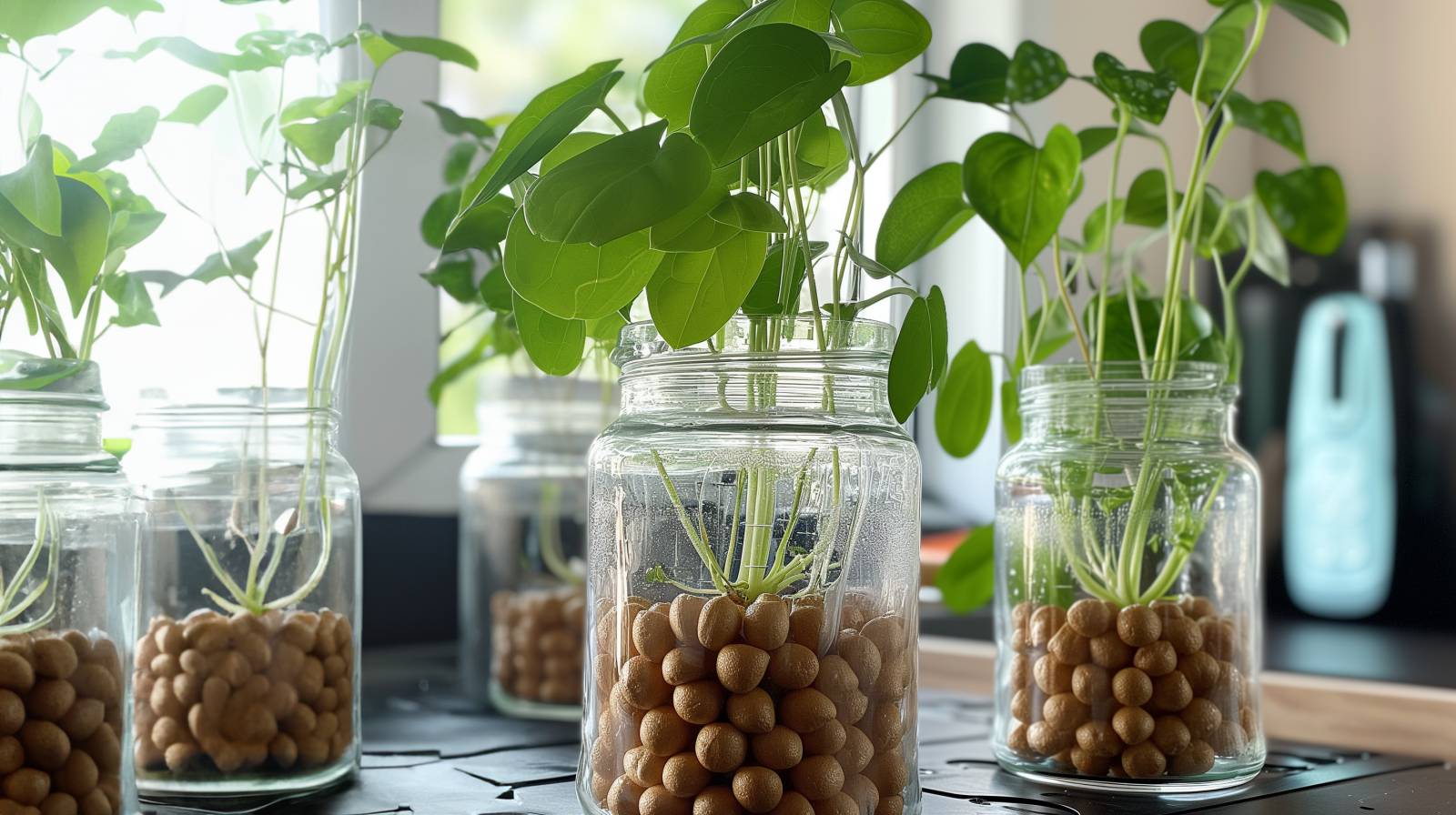The Food Processor is a kitchen appliance that helps you chop, slice, dice, grind, mix, or knead ingredients.
Table of Contents
ToggleThe blender is a kitchen appliance that allows you to blend foods such as smoothies, soups, sauces, dips, shakes, and other beverages.

A food processor has several blades that cut through the food, whereas a blender uses a single blade to blend ingredients together.
A food processor can be used for chopping, slicing, dicing, grinding, mixing, and kneading.
It also makes quick work of making breadcrumbs, nut butters, pesto, hummus, salsa, guacamole, ketchup, mayonnaise, ice cream, pie crusts, pasta dough, cake batter, cookie dough, and more.
Blenders are great for blending drinks like margaritas, daiquiris, smoothies, milkshakes, fruit juices, vegetable juices, soup, sauce, dips, and more.
They’re also good for crushing ice, nuts, seeds, herbs, spices, and garlic.
Food processors come in many shapes and sizes. Some have two containers, while others have three.
If you want to make a lot of food at once, consider purchasing an industrial-sized model with multiple bowls.
Food processors are available in both stand-up models and countertop models.
Stand-up models are easier to use than countertop models because they don’t require a flat surface on which to place them.
However, if you prefer using your food processor on a countertop, then go ahead and purchase one.
Stand-up models usually have larger containers, so you’ll need fewer batches when compared to countertop models.
Stand-up models are ideal for people who frequently prepare large amounts of food at once.
This includes restaurants, caterers, and anyone else who needs to make lots of food quickly.
Countertop models are better suited for individuals who only occasionally prepare large quantities of food.
These types of models are often smaller and less expensive than their stand-up counterparts.
Similarly, to Food Processors, Blenders come in many different shapes and sizes. Blender brands include Vitamix, Blendtec, Ninja, Magic Bullet, NutriBullet, Osterizer, KitchenAid, and Breville.
Some blenders are designed for specific uses, such as blending ice cream or frozen fruit drinks. Others are ideal for chopping vegetables or grinding nuts.

The best blender to buy depends on your needs, budget, and personal preferences.
You might be wondering what makes a good blender. Here are some things to look for:
1. Quality material – Look for a sturdy construction made of stainless steel or plastic. Avoid cheap versions that could break easily.
2. Durability – Blenders with metal blades tend to last longer than those with plastic ones.
Also, avoid blenders that use rubber gaskets instead of metal parts. Rubber tends to wear down quickly and will need replacement more often.
3. Power – A powerful motor allows the blender to process large quantities of foods at once.
If possible, opt for an electric blender over a manual model. Electric blenders run quieter and don’t require much maintenance.
4. Noise level – Most blenders make noise when running. However, this shouldn’t be an issue if you plan to use them while cooking or entertaining guests. Choose a quiet blender if you don’t mind making noise.
5. Storage space – Keep an eye on how much storage space your new blender has. It should hold enough containers to fit all your favorite recipes.
6. Warranty – Make sure the manufacturer offers a warranty. This way, you know your blender won’t break after just a few months of use.
7. Price – Shop around to find the best price for your blender. You can save money by purchasing a refurbished version.
8. Size – Consider the size of your kitchen and the amount of time you spend using your blender.
Smaller blenders are easier to store and transport. Larger blenders are better for larger families because they can handle more food at once.
9. Features – Check the features included in the blender. Does it have variable speeds? Can you adjust the speed manually? Do you need a special container?
10. Maintenance – Find out whether the blender requires regular cleaning and oiling. Cleaning a blender regularly helps prevent build up.
Oil prevents friction between the blade and the container.
Now that we’ve explained the difference between a food processor and a blender and what types of food processor and blenders exist, let’s move on to discussing how best to use them in our kitchens.
What Can You Make With A Blender And A Food Processor?
Blenders and Food Processors are extraordinary things, however they have a tendency to be better suited to making certain meals than others.

For example, whilst Blenders are able to blend things very easily this means that they are better suited for making things like soups and drinks because they can easily cut and blend whatever items you have put into it easily and turn the contents into a delicious meal or drink.
Similarly, if you are planning on using a Food Processor it is best to concentrate on meals such as pies or cakes because of the way that it does a great deal of the cutting and mixing for you.
Final Thoughts – Why It Is Important To Know The Difference Between A Blender And A Food Processor
Cooking can feel at times like a chore but if it is done correctly, it can feel like an art.
That is why it is so important to know the difference between a Blender and a Food Processor – they both have vital roles to play in ensuring that your meals are not only cooked to perfection, but you also have the flexibility to cook and make whatever you want in your kitchen.
So if you don’t know enough about Blenders or Food Processors, make sure you find out all you can today, you certainly won’t regret it.

